October 6, 2013
For those who aren’t at least mildly manic about all things birds, FOS stands for First Of Season. In both migrations, I look forward with great anticipation to each and every FOS, as do most birders. We’re all addicted to the thrill of the new, even if it isn’t truly new.
My first real field guide when I became interested in birds was the venerable Golden Guide to North American Birds, by Chandler Robbins et al. A truly revolutionary field guide in so many ways, and still one of my favorites. For the first several years as I was learning northern Virginia birds, I made a note of the FOS date in my copy of Robbins (which I still have, dogeared and held together by duct tape) of the migrants that I saw regularly. After a few years, a remarkable fact became apparent to me – the FOS dates for many species were stunningly regular and predictable, sometimes within a day or two of each other each year. So the first thing FOS birds taught me was that the natural calendar has a great constancy about it. Not exactly a world-changing revelation, but it seemed so to me at the time. I could actually anticipate and savor the idea of seeing some of my favorite birds at a fairly specific time each year.
These days FOS birds fall into two fairly distinct groups for me. One comprises the transient migrants, who will pass through in a fairly short period of time, not to be seen again until the next migration, or in some cases, until the next year for species that shift their migratory pathway between fall and spring. These transient migrants are always a thrill, partly because of the ephemeral nature of their passage. In Florida, the species that epitomizes this group for me is the bobolink, which I typically see in Volusia County for only a couple of weeks, beginning in late April and extending sometimes to the second week of May. I can’t think of many sights or sounds that stir my heart more than a flock of hundreds of bobolinks, males in full breeding plumage and constant boisterous song, working their way through a wet successional field in synchrony, disappearing and then leap-frogging each other in methodical waves. The beauty of the transient FOS species is quite obvious – they will soon be gone, not to be seen again until another half-year rolls by.
But the more informative group of FOS bird is for me the winter residents. Especially in Florida, where we are gifted with such a rich and diverse wintering bird fauna, these birds can appear any time between mid-summer (prairie warblers, for example, a few of which will remain to winter here) and late fall-early winter (huge flocks of American robins and cedar waxwings come to mind). Throughout fall migration, the anticipation of newly arrived winter residents is a powerful motivator to entice me into the field. Right now, we are in the midst of a mini-wave of arriving winter residents – I saw my FOS common yellowthroats, house wrens, eastern phoebes, palm warblers, and gray catbirds in the last week or two.
Here’s what FOS winter residents have taught me, and reteach me every year. There is immense beauty and joy in the plain and the regular. House wrens are a case in point. Not the most strikingly beautiful passerine, unless you’re really into brown, drab birds, but what they lack in superficial glitz they make up for in attitude and belligerence. Within a couple of weeks, I will inevitably begin to take these scolding little scuts for granted, much as I habitually do with most of our common permanent residents. I see this dynamic played out in others every time I teach Ornithology. Within a week or two after the semester has begun, as we begin to accumulate a respectable species list, even the newly minted birders in the class begin to develop this unconscious devaluation of common birds. Even spectacular common birds. I’m sure this thought has been shared by many others, but I tell these nimrods every semester that if one saw a northern cardinal only once in her life, for most it would be an incomparably treasured memory. I still vividly recall the reaction of Sabrina Krisberg, an enthusiastic student from over a decade ago, when she got her first look through binoculars at a male cardinal in rich early-morning light. She slowly whispered in a voice full of awe and reverence, “It’s so perfect”.
So even though I know the magic and exhilaration of seeing a FOS bird each fall is transitory, and within weeks I will be shrugging off house wrens and gray catbirds, their appearance each fall teaches me again that there is immense beauty and spectacle right in front of me every day. It’s so easy to become complacent and jaded by the familiar, of every sort. I hope that these sometimes plain, and often obscenely abundant (think yellow-rumped warbler here) FOS birds remind me each season not to take any of this beauty for granted. The beauty of my everyday life – a job I (mostly) love to go to each day, the wonderful friends I love so deeply, and good people in general; it’s far too easy to forget how incredibly fortunate and privileged I am for the many gifts that surround me every day.
And it’s all so vanishingly brief. I’m no Roy Batty, but I fully understand what he meant. I’ve never seen attack ships on fire off the shoulder of Orion, but I have seen FOS house wrens chattering at me from a thicket in October. And as my friend John Jett is fond of saying, that’s a beautiful thing.
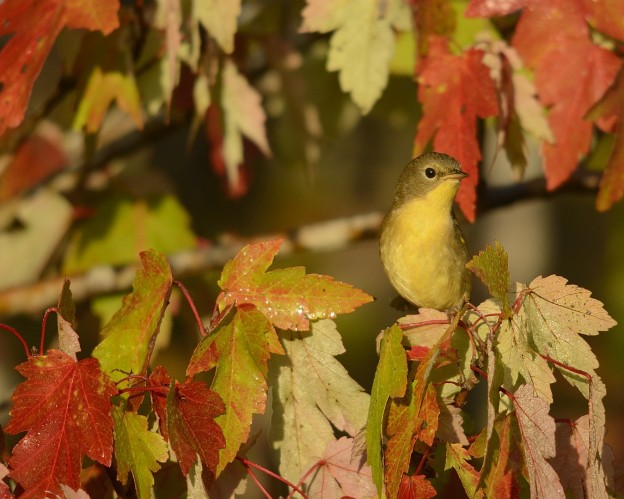
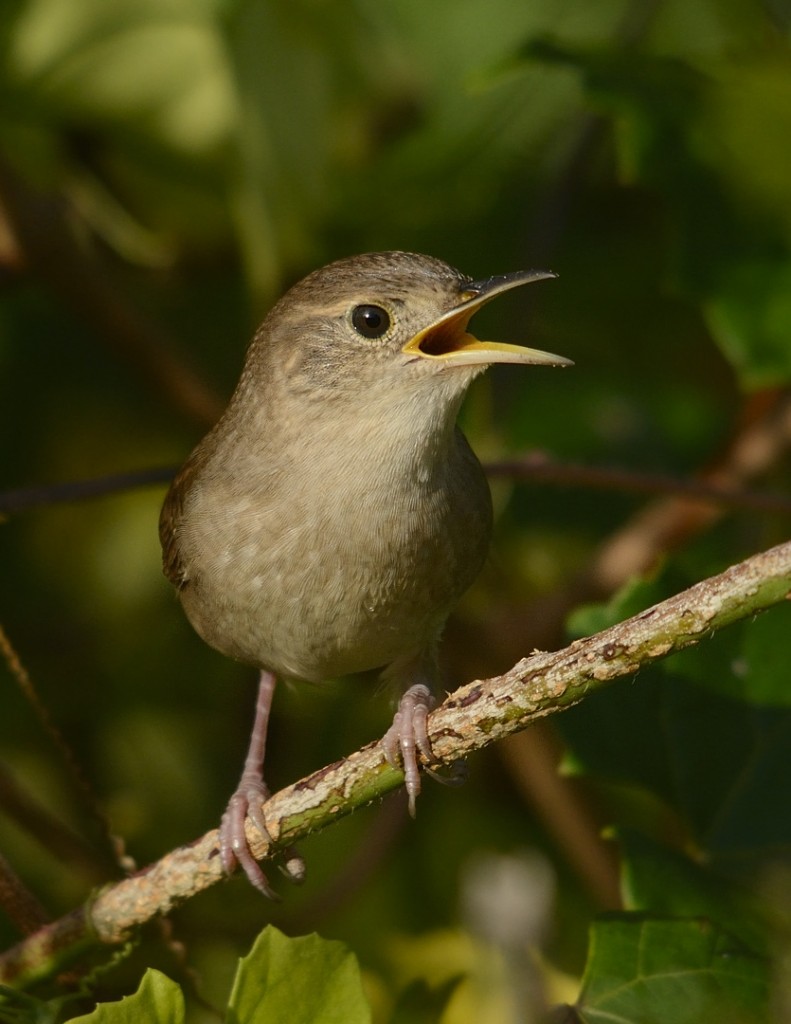
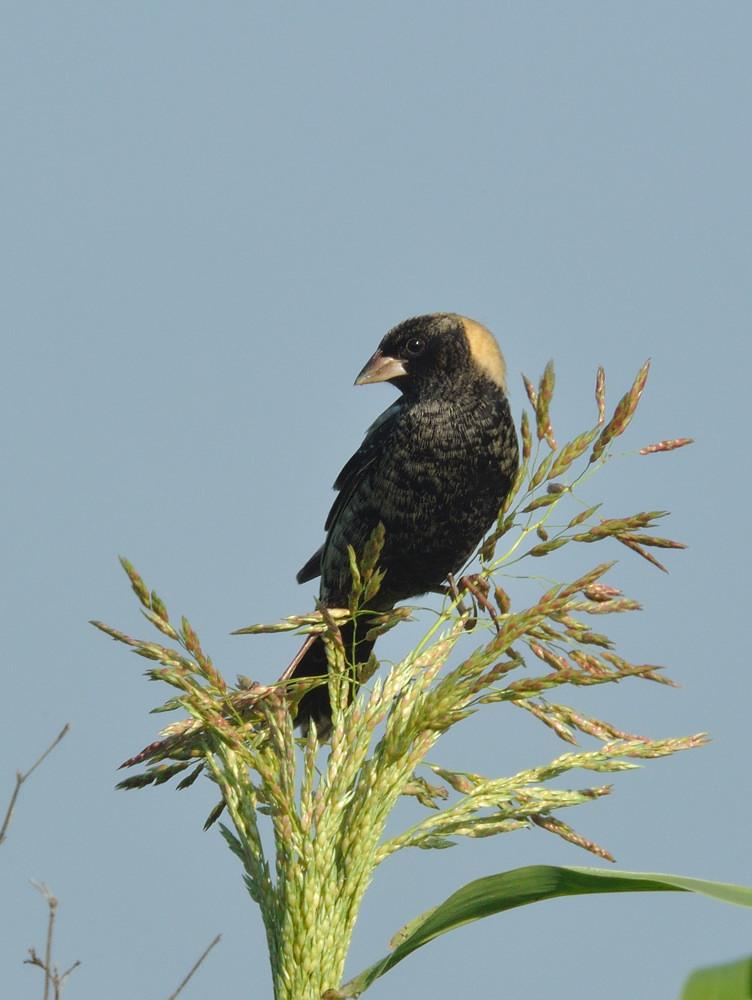
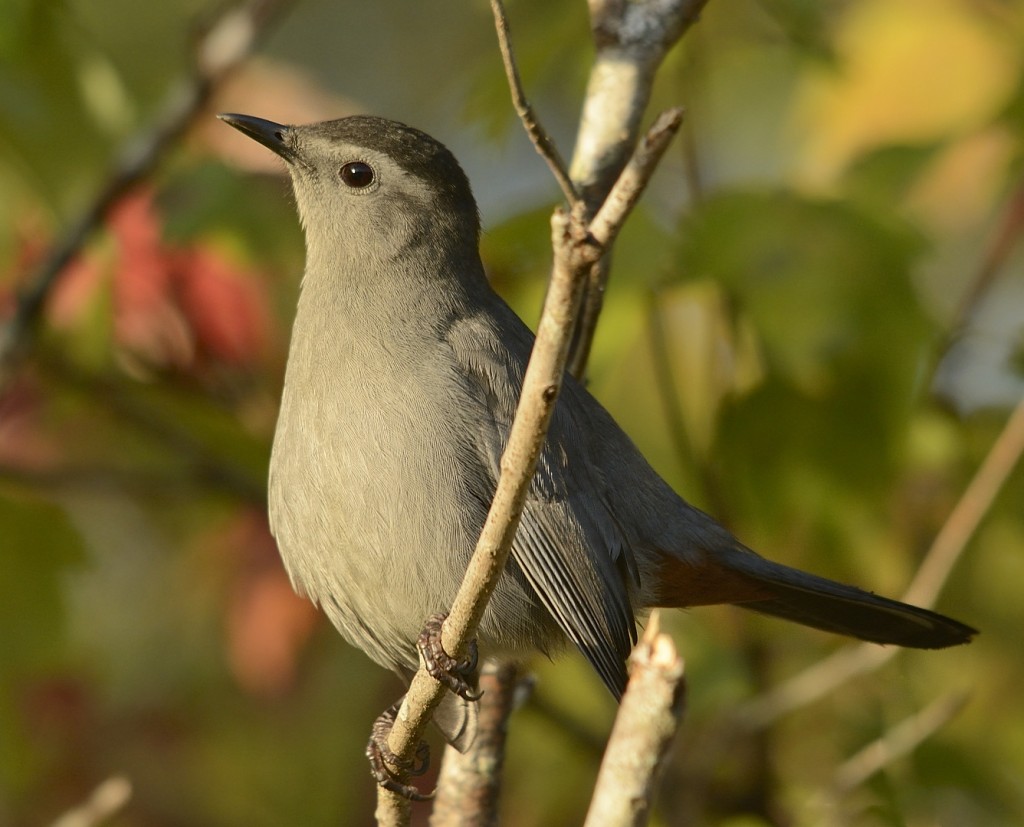
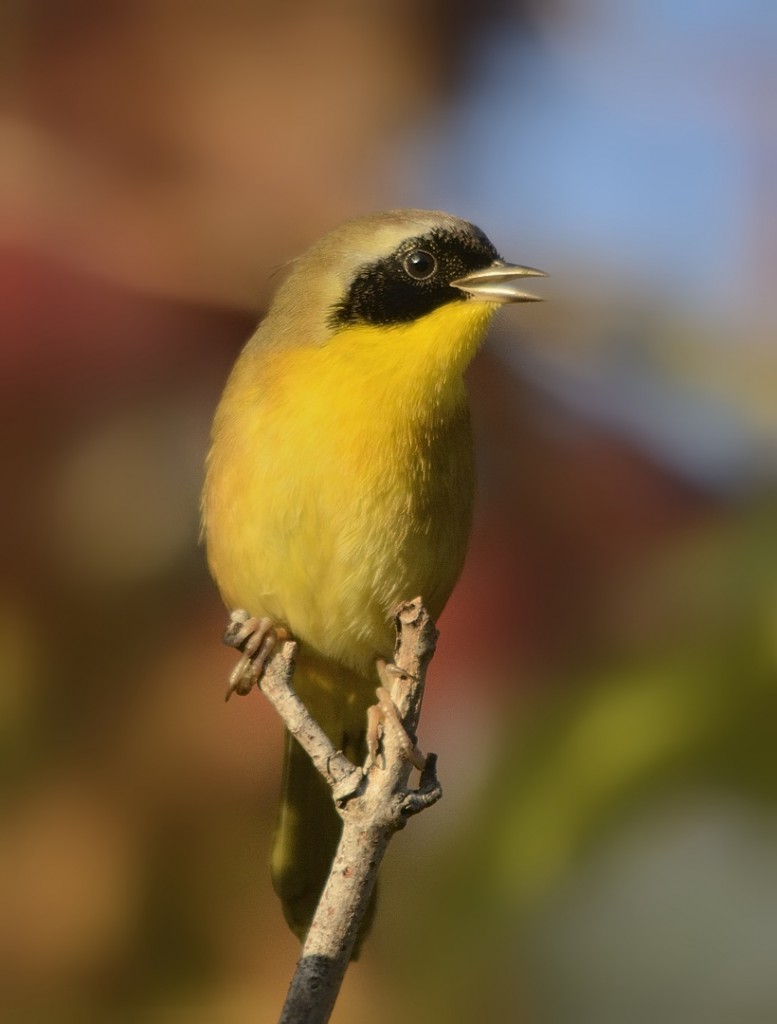
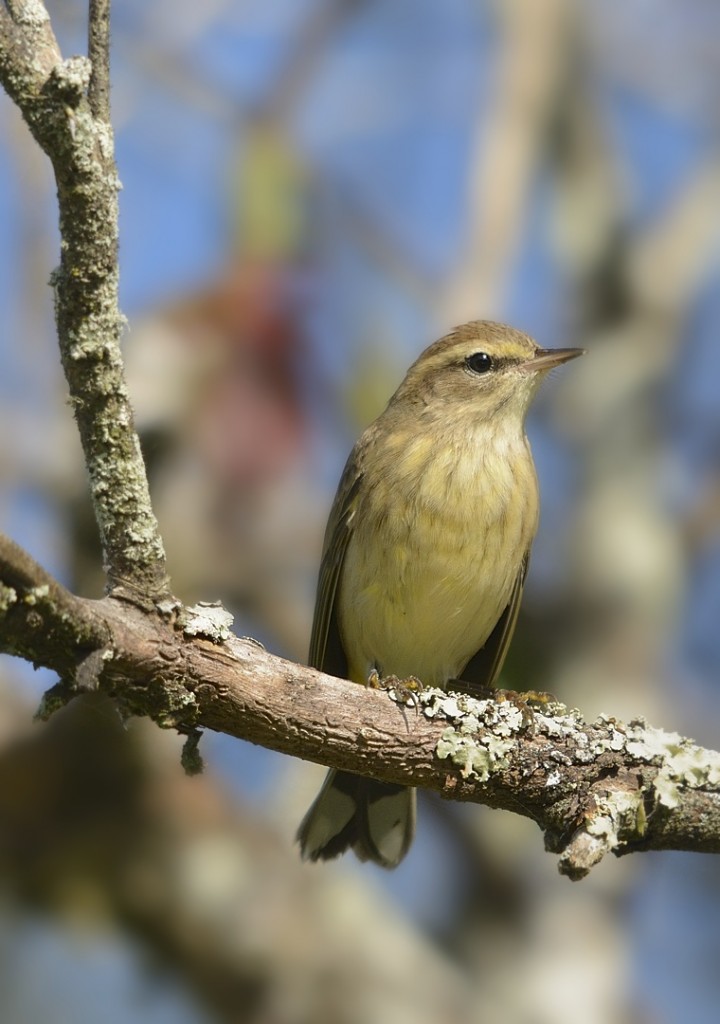
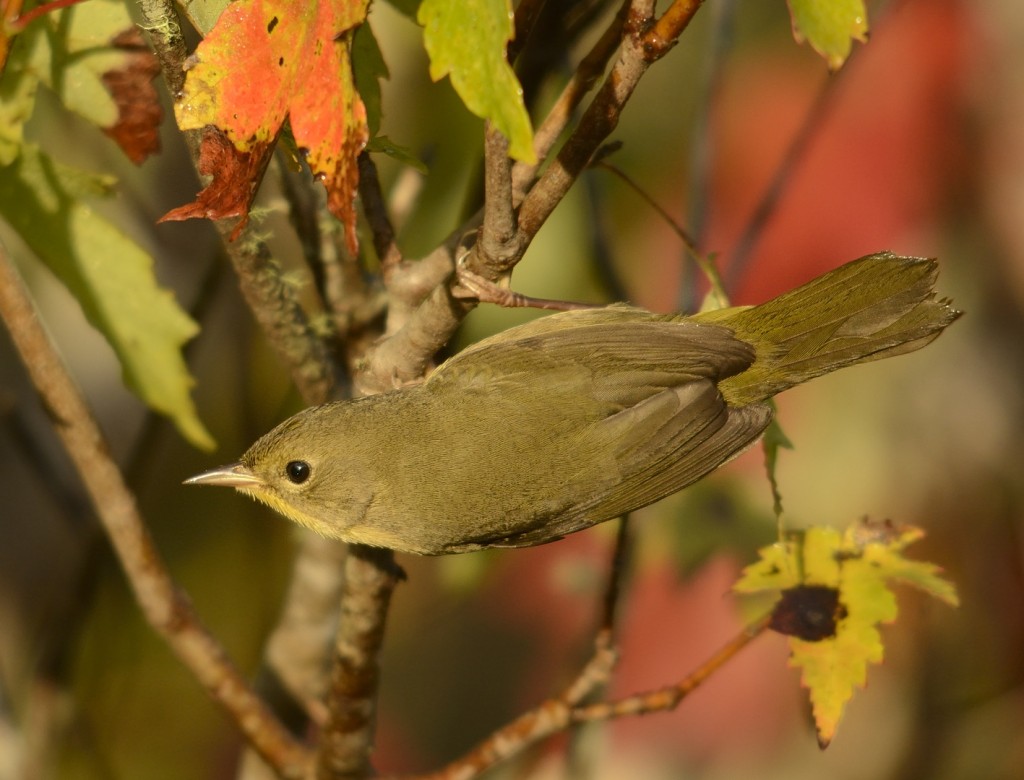
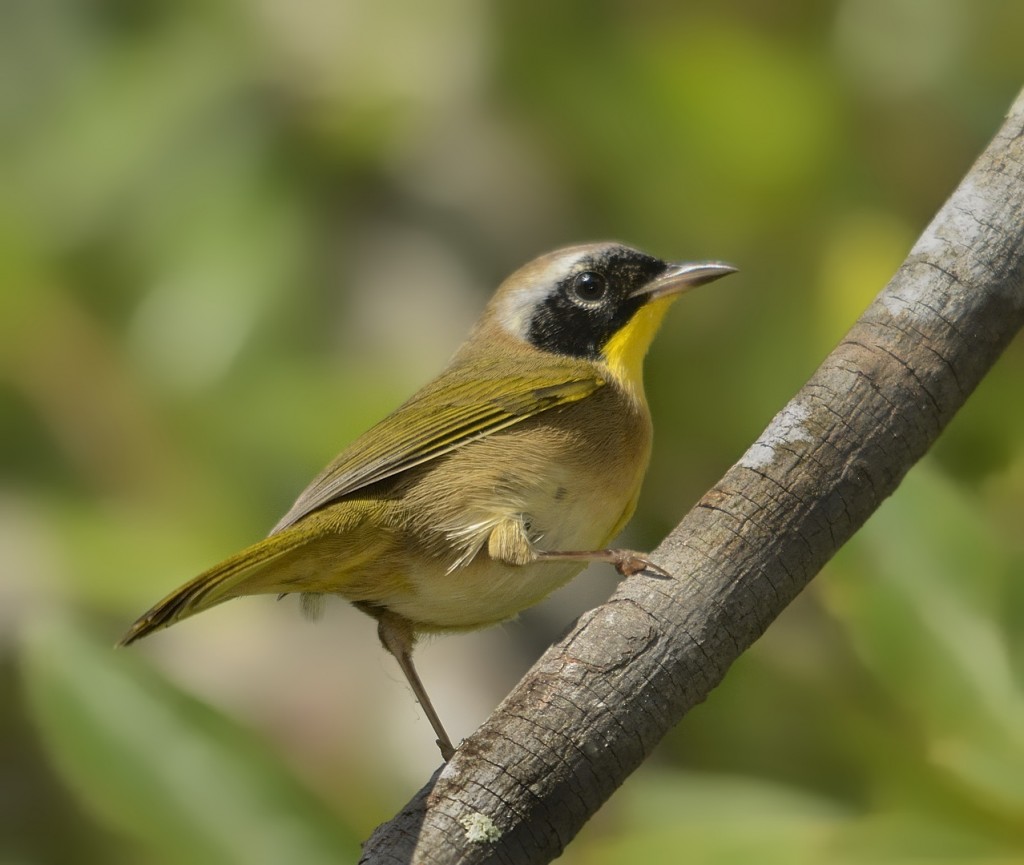
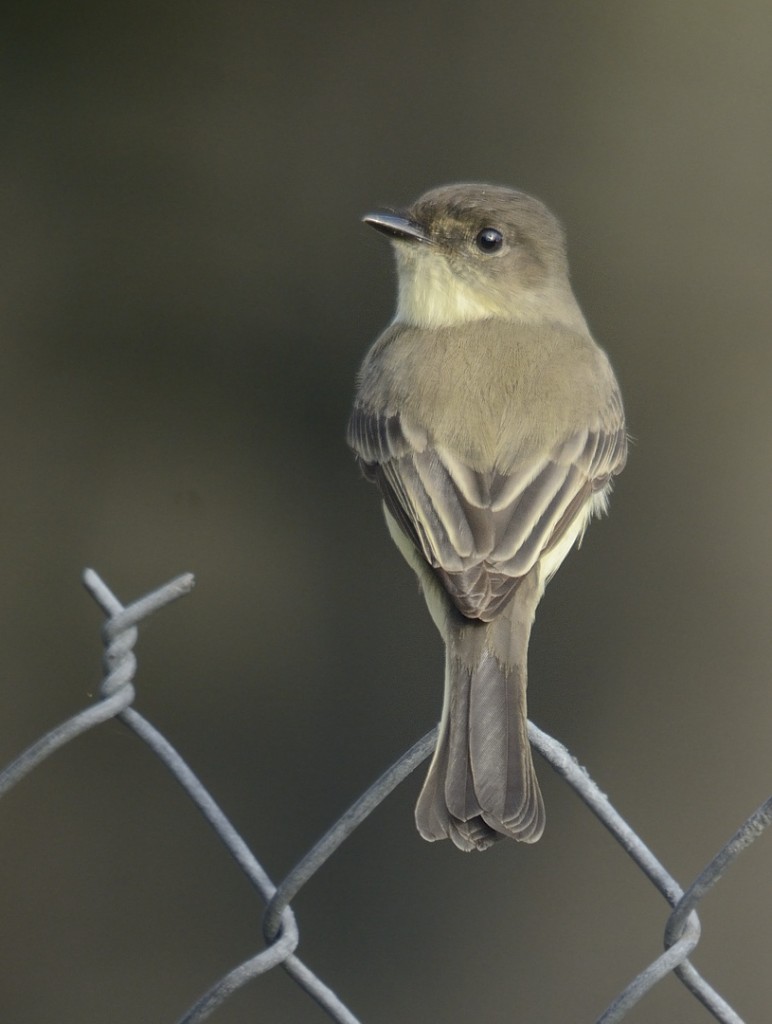
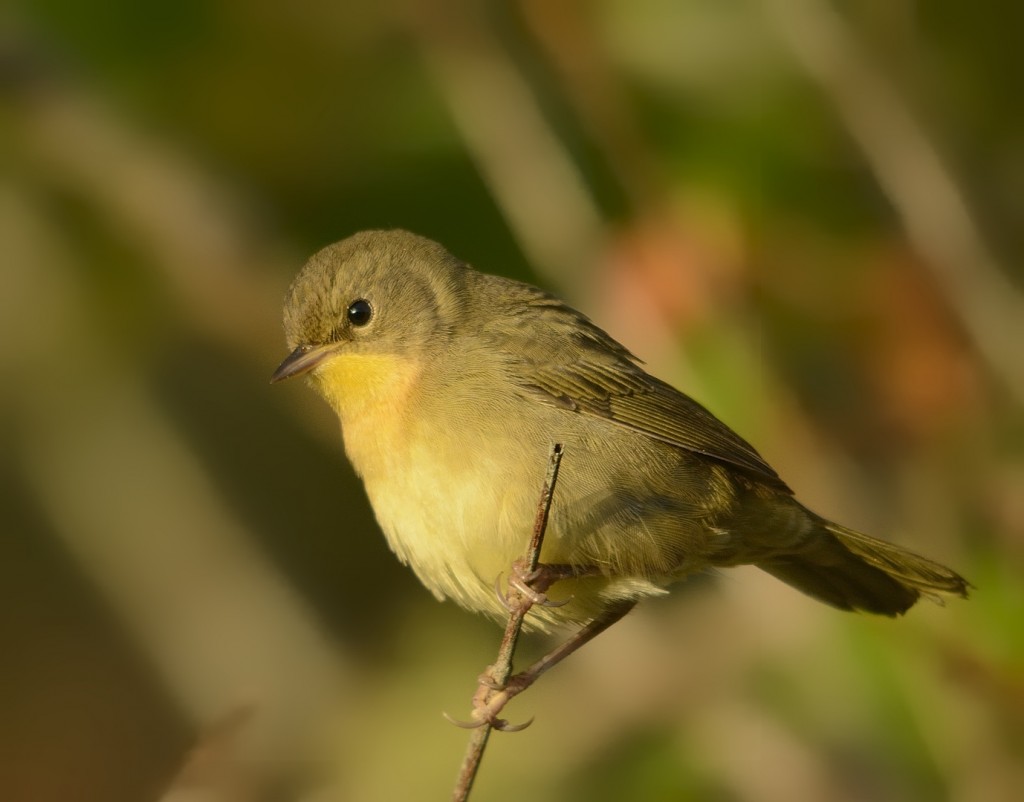
What a great article. It made me think about all the “avian milestones” we see throughout the year.
Thanks for sharing your insights. Your comment about the northern cardinal reminded me of some friends from Great Britain visiting the states for the first time. A new life lister, the blue jay, absolutely blew them away with its stunning beauty. Too many of us take these common birds for granted, but they are truly gorgeous creatures.